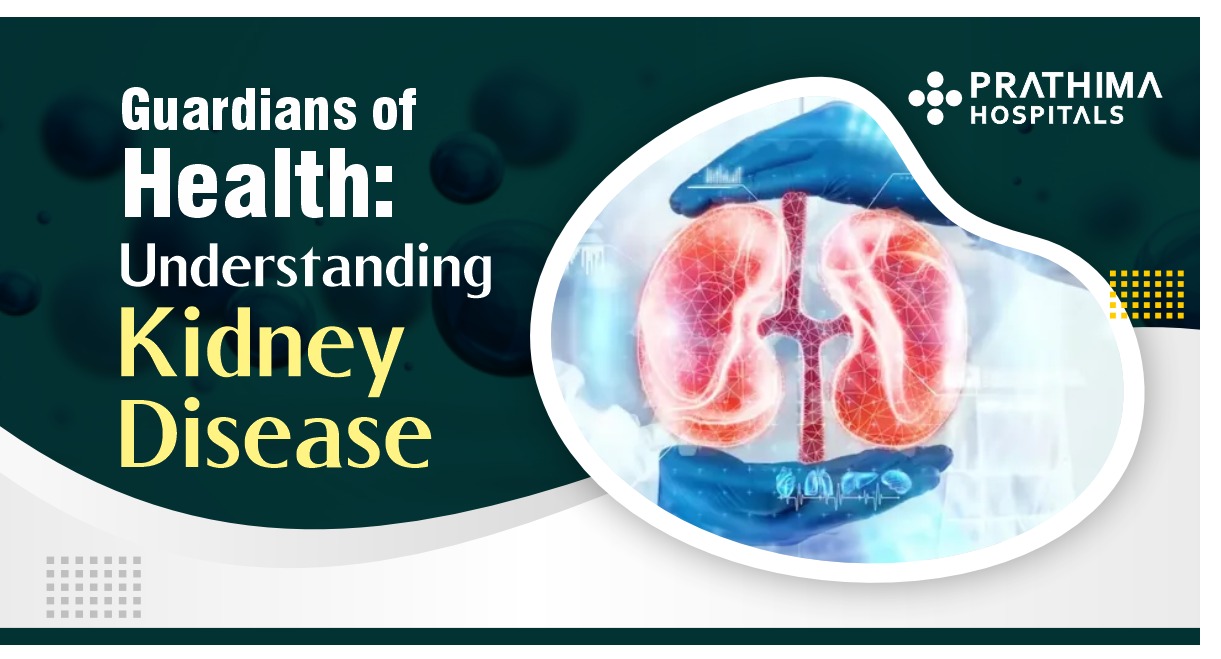Know about Benevolent Prostatic Hyperplasia (BPH)

Benevolent prostatic hyperplasia (BPH), otherwise called favorable prostatic hypertrophy, is a histologic analysis portrayed by expansion of the phone components of the prostate. Interminable bladder outlet block (BOO) optional to BPH may prompt urinary maintenance, renal inadequacy, intermittent urinary tract contaminations, net hematuria, and bladder calculi. The picture beneath delineates typical prostate life systems.
Major Risk factors
- The accompanying danger factors increment your possibility of creating BPH:
- getting more established
- having additional fat on your stomach area (called stomach corpulence)
- not getting enough physical movement
- Indications
Men with BPH might not have any signs or indications. On the off chance that signs and side effects create, they frequently occur in men more established than 50 years old.
Signs and manifestations of BPH start when the expanded prostate squeezes the urethra and bladder. This can limit (choke) or square the urethra, which can cause changes in bladder propensities and issues peeing.
Diagnosis
On the off chance that you have manifestations of BPH, your PCP will ask you how awful they are. You may likewise be gotten some information about your urinary manifestations and bladder propensities.
On the off chance that your primary care physician figures you may have BPH, you will be sent for tests to analyze or preclude BPH just as different issues, for example, urinary tract diseases or prostate malignant growth. They include:
- a physical test
- an advanced rectal test (DRE)
- pee tests, including urinalysis
- blood tests, including the prostate-explicit antigen (PSA) test
- Medicines
You and your PCP will examine which treatment is directly for you. This choice is normally founded on your indications, how terrible your manifestations are (called seriousness), the amount they trouble you, your test outcomes and your inclinations.





